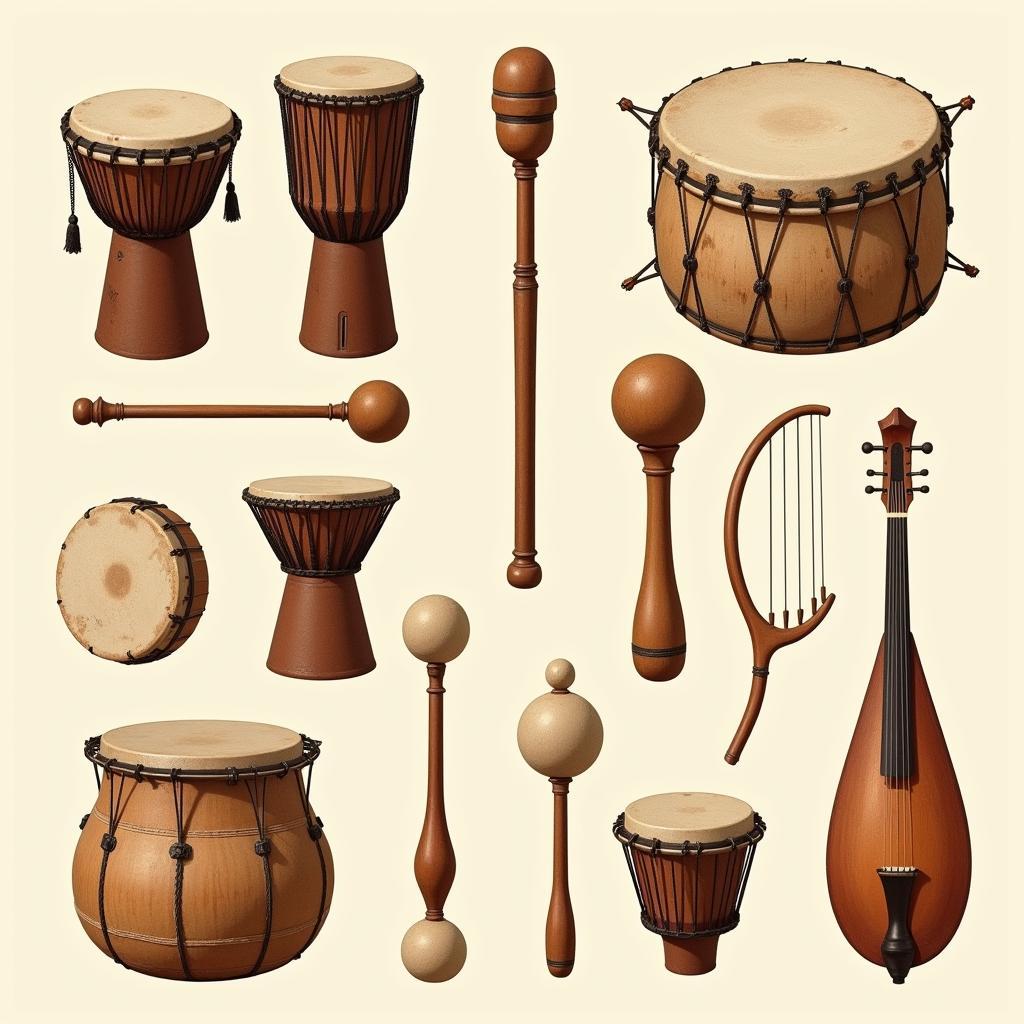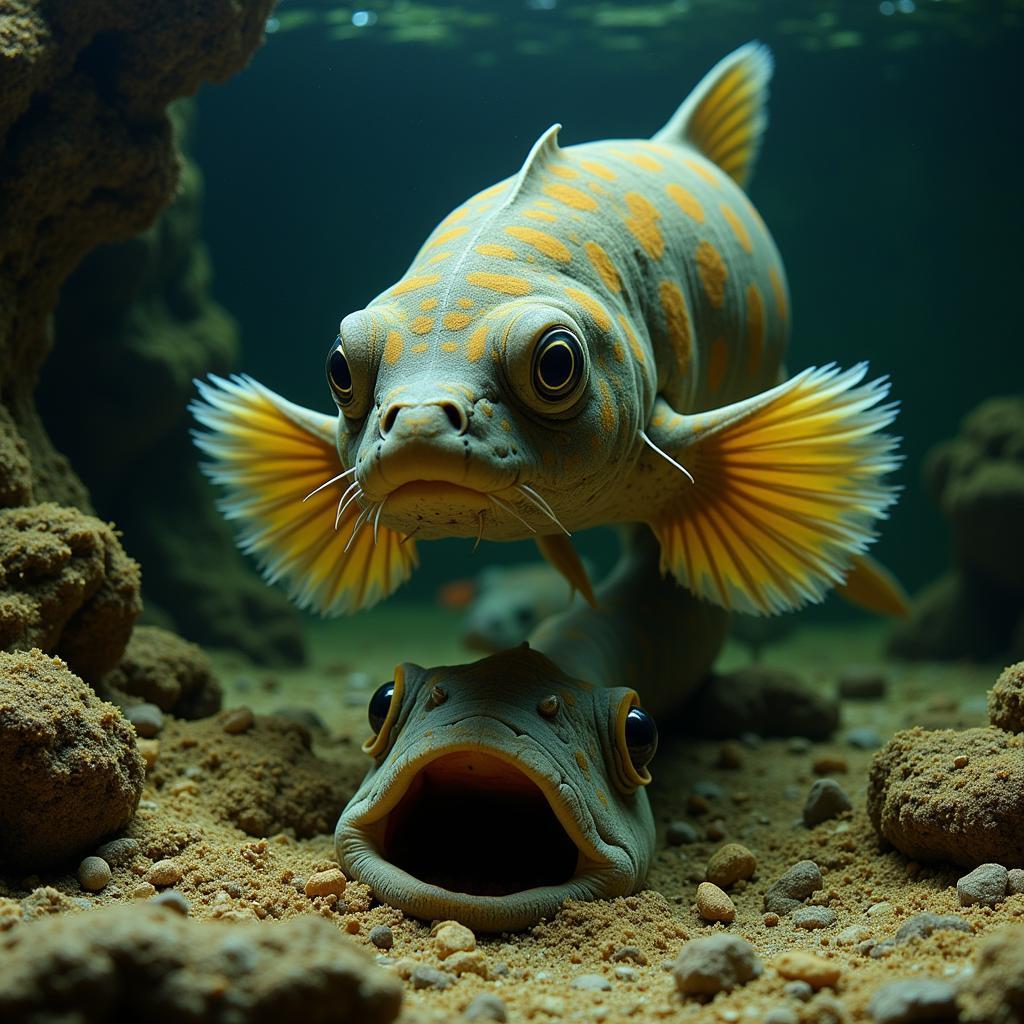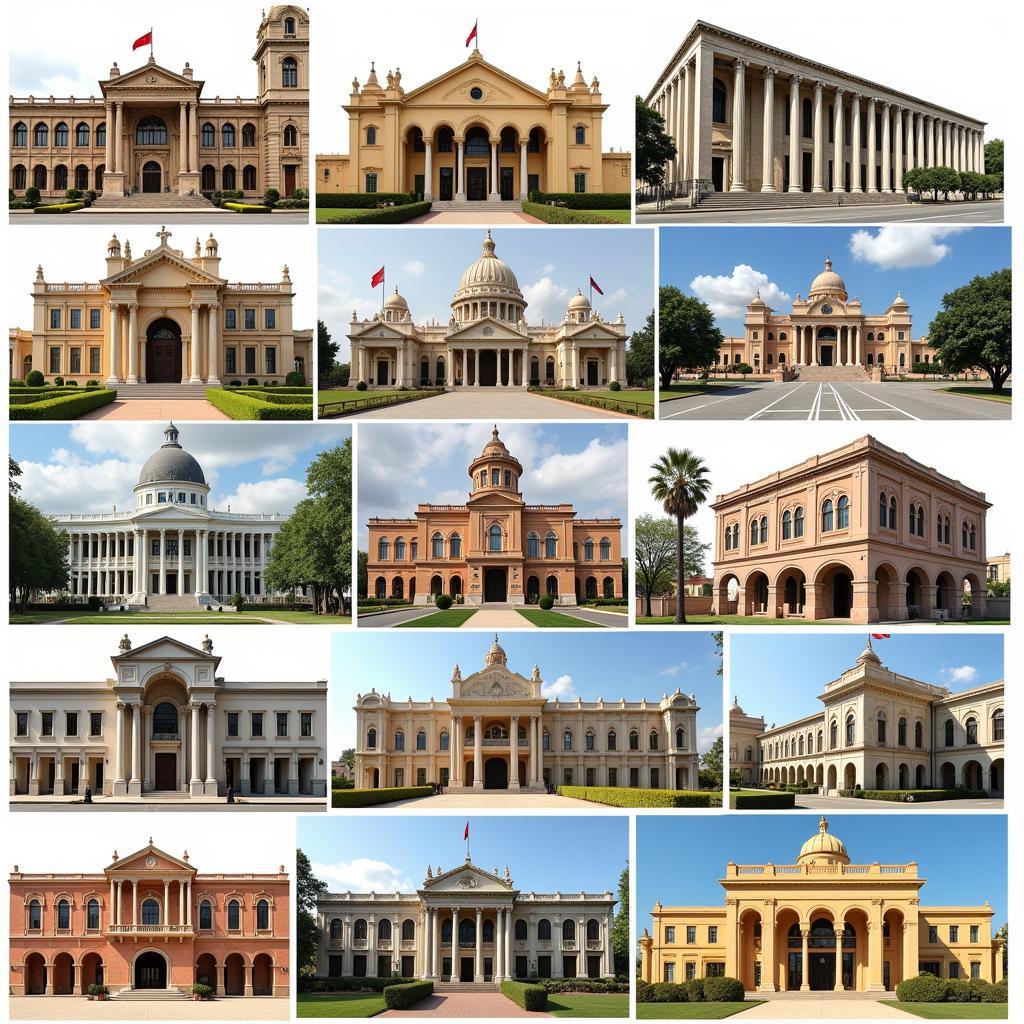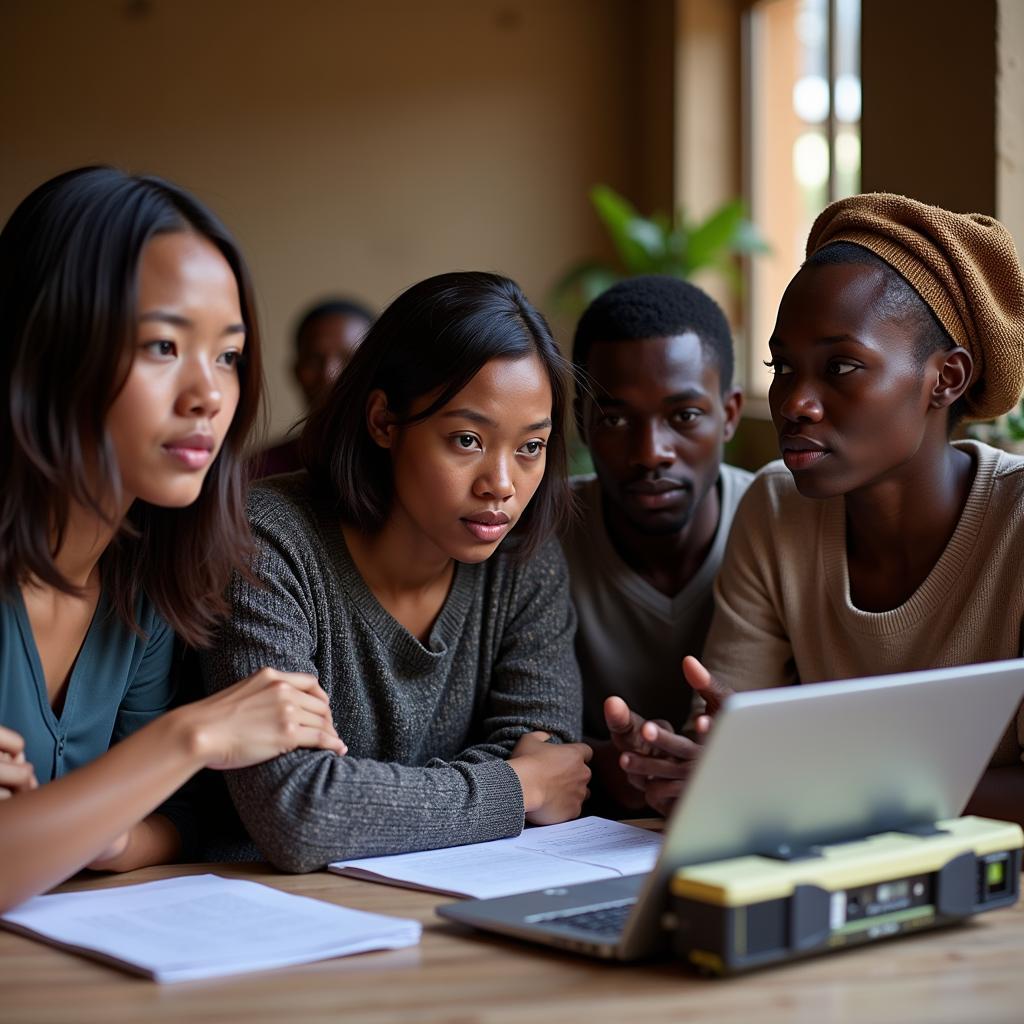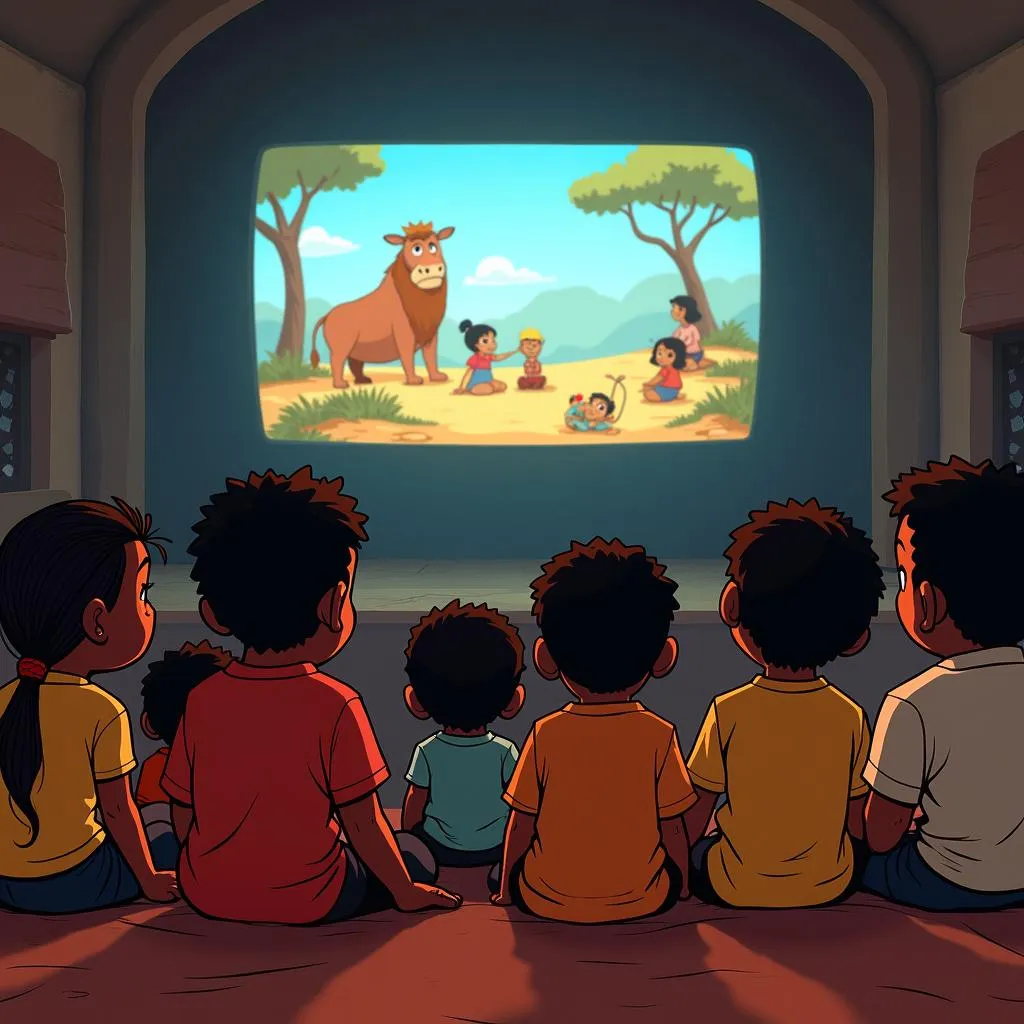The Power and Beauty of African Chants Acapella
African Chants Acapella is a vibrant and ancient musical tradition deeply rooted in the cultural heritage of the African continent. It is a powerful form of expression, often used in rituals, ceremonies, storytelling, and social gatherings. Unlike contemporary acapella, which focuses solely on vocal harmony, African chants acapella often incorporates rhythmic body percussion, clapping, and other vocal techniques to create a rich and layered soundscape.
Exploring the Rich Tapestry of African Chants
African chants acapella varies significantly across the continent, reflecting the diversity of its people and their unique musical traditions. From the polyphonic harmonies of the Pygmies in Central Africa to the call-and-response patterns of West African drumming, each region boasts its distinct style and repertoire.
The Significance of Rhythm and Repetition
Rhythm is the heartbeat of African music, and chants acapella are no exception. The intricate interplay of rhythmic patterns creates a hypnotic effect, drawing listeners into a trance-like state. Repetition is also a key element, allowing for the gradual build-up of intensity and emotional depth.
The Role of Call and Response
Call-and-response is a common feature in African chants acapella, fostering a sense of community and shared experience. A lead singer or group initiates a musical phrase, which is then answered by a chorus, creating a dynamic exchange of energy.
The Spiritual and Ceremonial Significance
African chants acapella often plays a crucial role in spiritual and ceremonial practices. They are used to invoke deities, honor ancestors, celebrate life events, and heal the sick. The chants are believed to carry a potent spiritual force that connects individuals with the divine and their community.
The Enduring Legacy of African Chants Acapella
African chants acapella has influenced numerous musical genres worldwide, including blues, jazz, gospel, and hip-hop. Its rhythmic complexity, vocal improvisation, and call-and-response patterns have left an indelible mark on modern music.
Modern Interpretations and Fusion
Contemporary artists are rediscovering and reinterpreting African chants acapella, fusing traditional elements with modern instrumentation and arrangements. This fusion has led to the creation of innovative and captivating musical experiences that bridge cultural divides.
Preservation and Transmission
Efforts are being made to preserve and transmit African chants acapella to future generations. Music academies, cultural centers, and community organizations are playing a vital role in ensuring that this rich tradition continues to thrive.
Frequently Asked Questions about African Chants Acapella
Q1: What are some of the common instruments used in African chants acapella?
A1: While the focus is on vocalization, instruments like hand drums (djembe, talking drum), rattles (shekere), and thumb pianos (mbira) may accompany the chants.
Q2: What languages are used in African chants acapella?
A2: Chants are performed in various indigenous African languages, reflecting the continent’s linguistic diversity.
Q3: Can anyone learn African chants acapella?
A3: Yes, workshops and classes are available for those interested in learning the techniques and cultural context of African chants acapella.
Conclusion
African chants acapella is a testament to the power of human expression and the rich cultural tapestry of the African continent. From its deep spiritual roots to its global influence, it continues to captivate and inspire audiences worldwide. By appreciating and understanding this ancient art form, we gain a deeper appreciation for the beauty and diversity of African music and culture.
If you need any support, please contact us at Phone: +255768904061, Email: kaka.mag@gmail.com or visit us at Mbarali DC Mawindi, Kangaga, Tanzania. We have a 24/7 customer support team.
